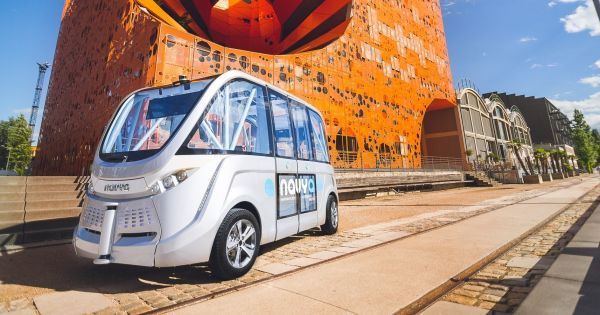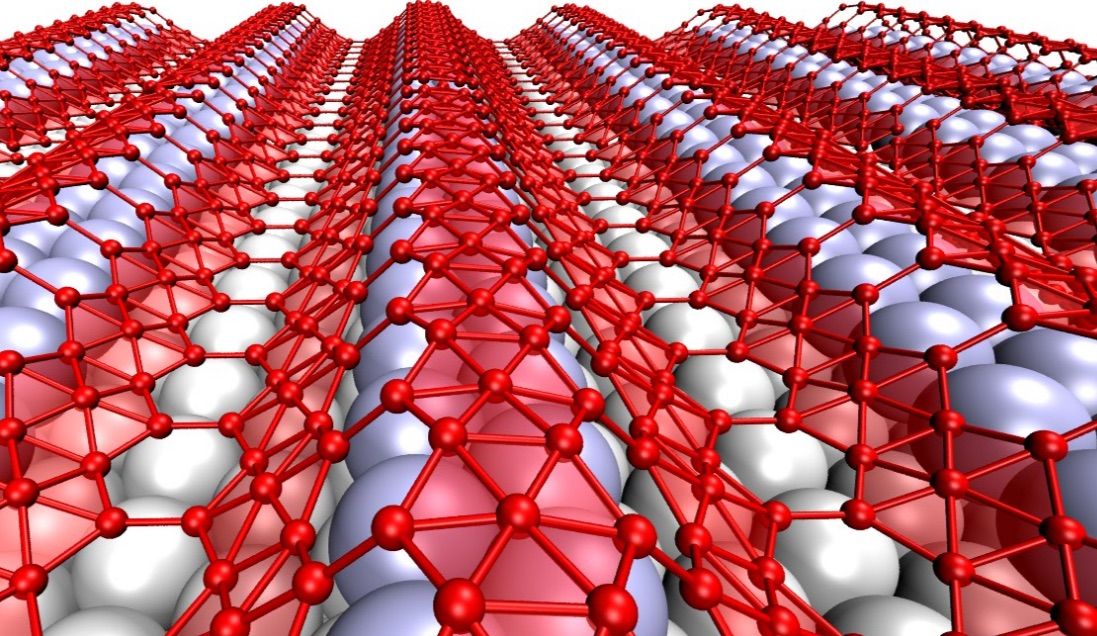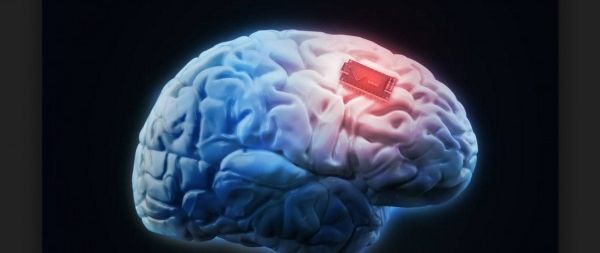Oct 5, 2016
How we can profit from winning the battle against ageing
Posted by Steve Hill in categories: biotech/medical, health, life extension
How society can profit from treating age-related diseases.
We’re now living longer than ever – only to suffer from diseases of old age. New therapies promise a new lease of life for the elderly – and big profits for investors, says Matthew Partridge.
Over the past century, average life expectancy in most countries has grown substantially. Vastly lower infant mortality, improved living standards, better public sanitation, and the discovery of cures or vaccines for many once-deadly diseases, have seen average life expectancy in most developed nations rise to around 80, compared with 50 in 1900. Developing nations have benefited too. Life expectancy in China, for example, was just 43 in 1960 – it’s 75 today. Indeed, according to the World Health Organisation, no individual nation outside Africa now has a life expectancy of below 60, and even Africa has seen huge gains since 2000, helped by improved anti-malarial measures and wider availability of HIV/Aids treatments.
Continue reading “How we can profit from winning the battle against ageing” »

















